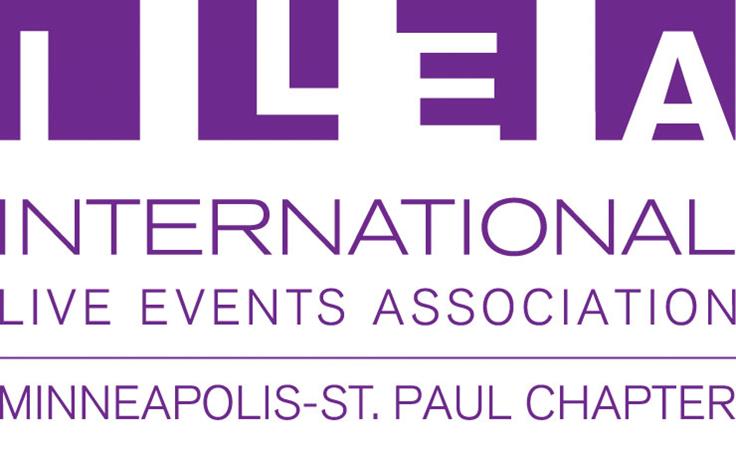The Three I’s Of The Modern Workforce: Integration, Inspiration And Intention
The boundaries that once separated our professional and personal lives are increasingly blurring. The always-connected digital world and rise of hybrid and remote formats have reshaped our relationships with time, boundaries and purpose in ways that are both liberating and demanding.
To thrive in this new era, I've found we must embrace both flexibility and clarity. This is where the three I’s to workplace success come in: integration, inspiration and intention.
Integration: Beyond Balance, Toward Wholeness
The idea of work-life balance often implies a tug-of-war between professional obligations and personal fulfillment. But in reality, life doesn’t split so evenly or neatly. The 9-to-5 model is no longer always the norm, and workdays often pause, resume and stretch across time zones and personal responsibilities. And technology has added another dimension to this because everyone is reachable at any time, erasing the lines between on-the-clock and off-the-clock.
Gone are the days when productivity fit neatly into office hours. Now, the real question is: When and where do you do your best work? How do you allocate time, energy and mental bandwidth across different facets of your life?
Integration is about creating a sustainable work-life situation that reflects an employee’s reality, not someone else’s standards. Instead of balancing, it’s about figuring out how work and life support and enhance one another.
Workers can foster healthy work-life integration by:
• Communicating early and often: Clear communication sets mutual expectations. Share your work rhythm with both your team and your loved ones. And if you're adjusting availability or flagging burnout, remember that proactive dialogue is essential.
• Raising your hand for help: You don’t have to manage everything alone. Your network, both personal and professional, can be your lifeline.
Integration does not mean working all the time. It means designing a life where your personal and professional energies support each other.
Inspiration: Fueling Your Work With Meaning
In a world where the nature of work is shifting, so must our sources of inspiration. I've noticed that for many workers, motivation is no longer confined to climbing ladders or yearly bonuses. It often comes from alignment between who we are and the work we do.
Instead of compartmentalizing passion and profession, some workers are finding that one can meaningfully enhance the other. Engaging in hobbies, like painting, writing or music, can reignite imaginative thinking that inspires more creative work—because when we experiment, we often unlock new ways of thinking.
Inspiration can arise from any facet of life. Throughout my career, the people who shaped me have become lasting sources of inspiration. Most recently, my sons—one in college and two beginning their professional careers—have challenged me to embrace new ways of thinking. They consistently offer fresh perspectives that influence how I approach my work in the education and employment markets, encouraging me to lead with curiosity and adaptability.
These passions and people outside work expose us to different ideas, cultures and techniques that broaden how we see problems and approach solutions. However, a 2017 study found that only 13% of workers were passionate about their jobs. By looking beyond conventional career motivators, individuals can reimagine work as an extension of what inspires them, not an obstacle to it.
Intention: Designing Work With Purpose
Research confirms that one-size-fits-all working models simply do not work. Rather than forcing company-wide rules on hybrid or in-office requirements, I've noticed the most effective organizations today are empowering people leaders to define the norms that suit their teams. While this takes more effort, it enables individuals to perform at their best by meeting them where they are or where they should be.
Early in the pandemic, remote work soared in effectiveness. But over time, collaboration, connection and innovation began to fizzle out for some companies. However, in my view, the answer isn’t to force a return to the office; it’s to redefine the role of in-person time.
Instead, office presence should be:
• Purposeful: Design in-person days around collaboration, brainstorming or mentoring, not solitary screen time.
• Value-driven: Ensure physical presence serves the individual, the team and the mission.
• Flexible: Intentionality is not rigidity. Embrace that different teams have different needs.
Intention encourages leaders to pause and ask: What works best here? What will unlock potential, not just check boxes?
Adaptation Over Assumption
I think the evolution of work requires a paradigm shift. To thrive, both employees and organizations must move beyond superficial flexibility toward thoughtful adaptation.
Integration asks: How can work and life support each other? Inspiration explores: What fuels employees to show up as their best selves? Intention considers: What systems, processes and environments help people thrive?
By building around these three I’s, companies can prepare not just for the workplace of today, but for the dynamic, human-centered world of work that lies ahead.
Source: Forbes.com







